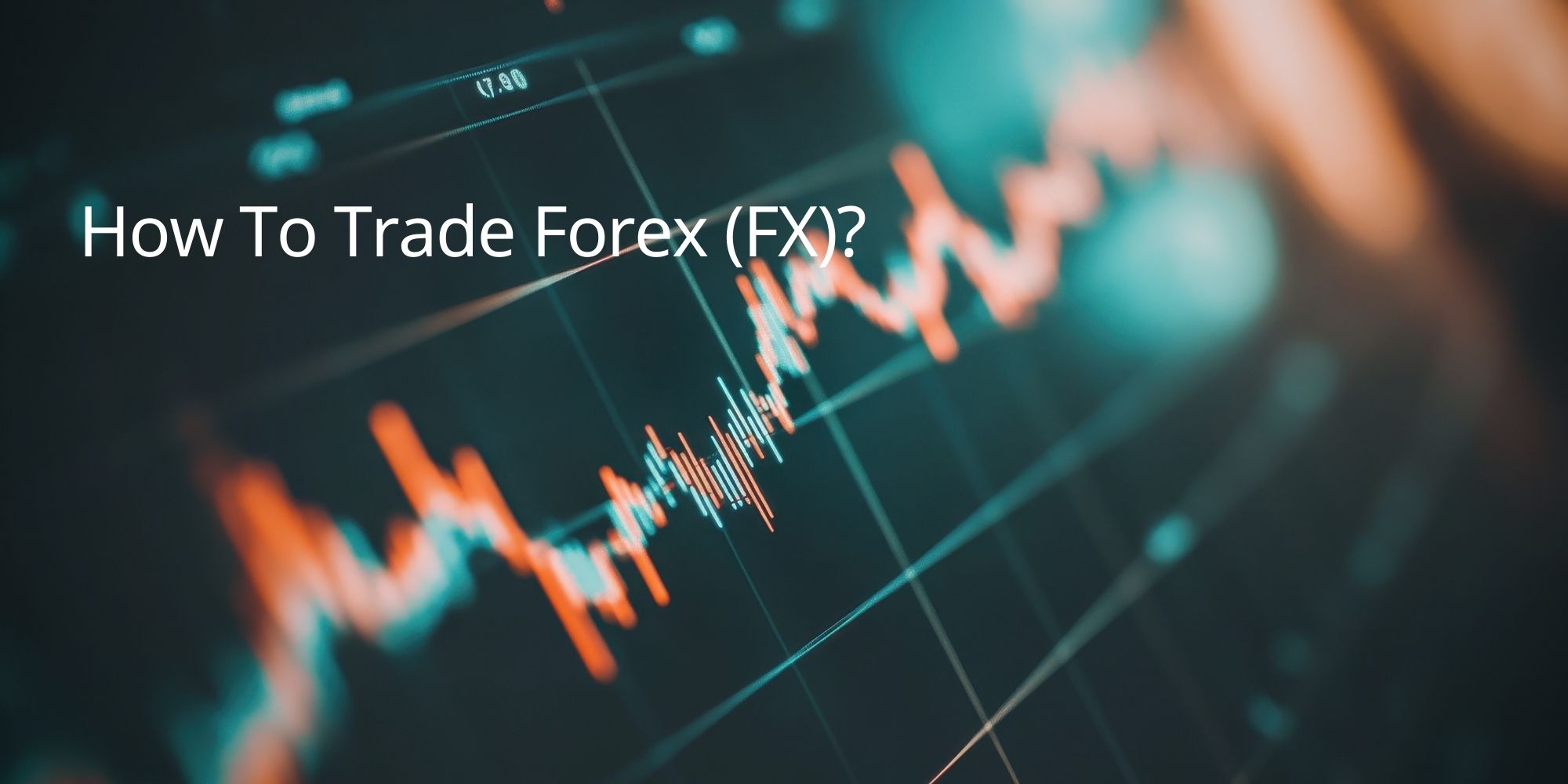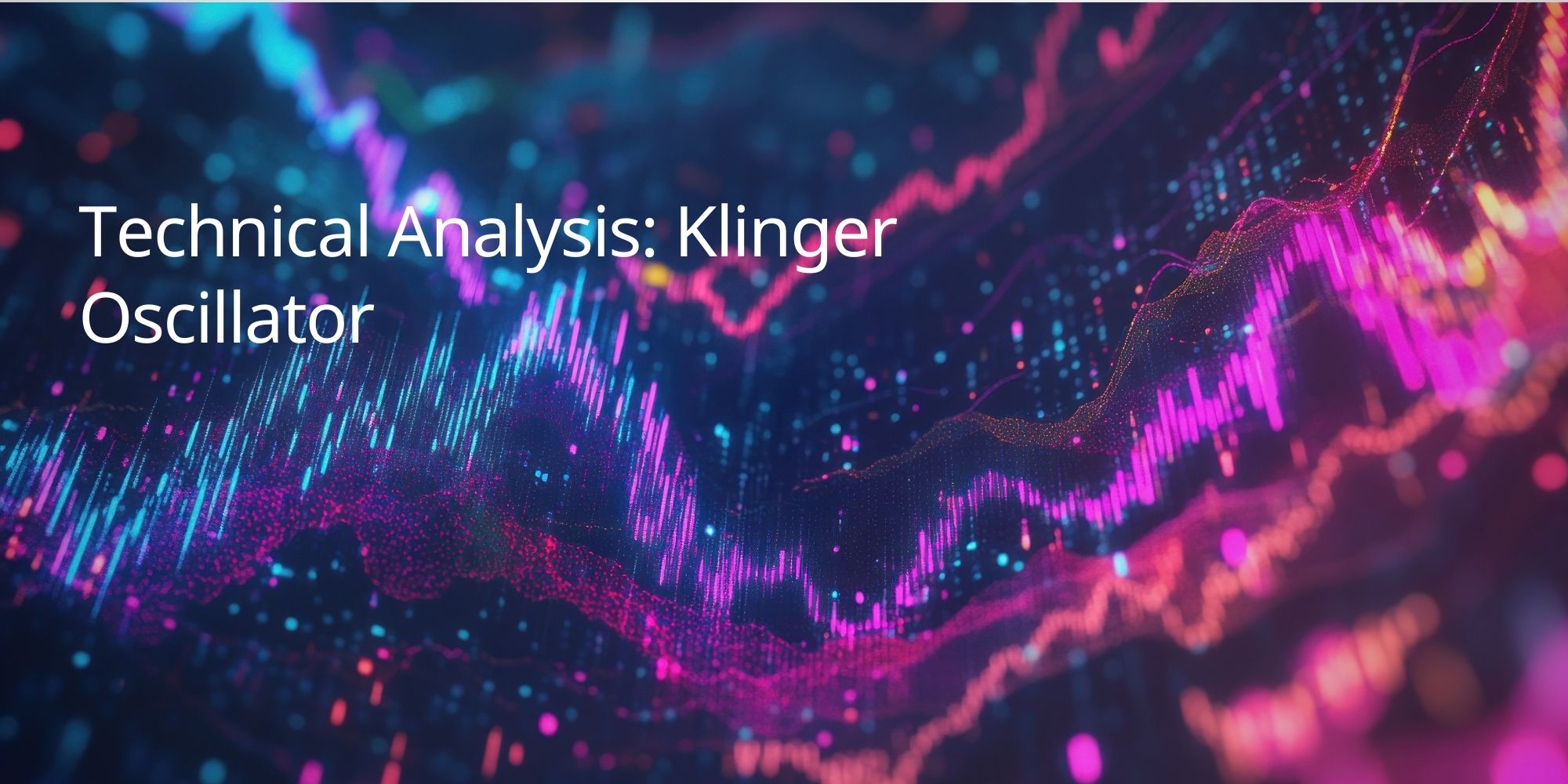Technical Analysis: Runaway Gap – Definition, How it Works, Types, Calculation, and Trading
Want to spot explosive breakouts and ride the momentum of strong trends? Runaway gaps are powerful chart patterns that signal a surge in market sentiment and can help traders identify high-probability trading setups.
In this comprehensive guide from TradeSmart, we’ll explore:
- What runaway gaps are and how they differ from other gap types
- The market psychology behind these gaps
- How to interpret their position within a trend
- Practical strategies for trading with runaway gaps
Whether you're trading stocks, forex, or commodities, recognising and using runaway gaps can give you an edge in fast-moving markets.
What is a Runaway Gap in Technical Analysis?
A runaway gap, also known as a continuation gap, is a gap in a price chart that occurs in the direction of a strong trend. It signals a surge in momentum and suggests that the trend is likely to continue.
Key Characteristics of a Runaway Gap:
- Gap in Price: There's a clear gap between the previous closing price and the opening price of the next period.
- Trend Continuation: The gap occurs in the same direction as the prevailing trend, indicating that the trend is accelerating.
- High Volume: Runaway gaps are usually accompanied by high trading volume, confirming the strength of the move.
- Emotional Trading: Runaway gaps often reflect a sense of urgency or fear of missing out (FOMO) among traders, as they rush to join the trend.
How Runaway Gaps Form
Runaway gaps typically form when there's a sudden surge in buying or selling pressure, often driven by news events, earnings announcements, or a change in investor sentiment. This can cause the price to jump or drop significantly, leaving a gap in the chart.
Why Runaway Gaps Matter
Runaway gaps can be valuable signals for traders because they:
- Confirm Trend Strength: They indicate that the trend is accelerating and likely to continue.
- Provide Entry Opportunities: Traders might use runaway gaps as entry points to join a strong trend.
- Signal Potential Targets: The size of the gap can sometimes provide clues about the potential extent of the price move.
TradeSmart provides traders with access to advanced charting tools and real-time data to help them identify and analyze runaway gaps and other chart patterns. Our educational resources and market insights can help you learn how to use these tools effectively and enhance your trading strategies.
Trading with Runaway Gaps
Runaway gaps can provide valuable signals for traders. Here's how traders typically react to them:
- Confirming Trends: A runaway gap can be a strong confirmation of an existing trend. Traders might use this as a signal to enter new positions or add to existing positions in the direction of the trend.
- Identifying Entry and Exit Points: The formation of a runaway gap can provide a clear entry point for traders who want to join a strong trend. Conversely, the closing of a runaway gap (the price filling the gap) can be a signal to exit a trade.
- Gap Fill Strategies: While less common with runaway gaps, some traders might look for opportunities to trade against the gap, anticipating that the price will eventually fill the gap. This is a contrarian approach that requires careful analysis and risk management.
- Setting Stop-Loss Orders: Runaway gaps can be used to set stop-loss orders. For example, in an uptrend, a trader might place a stop-loss order just below the low of the runaway gap to protect against a potential reversal.
Important Considerations
- False Signals: While runaway gaps often signal trend continuation, they can sometimes be misleading. It's important to confirm the signal with other indicators or price action analysis.
- Volatility: Runaway gaps can occur during periods of high volatility, which can increase risk. Traders should use appropriate risk management techniques, such as stop-loss orders and position sizing, to manage their exposure.
What is the other term for the Runaway Gap?
Runaway gaps are also known as "measuring gaps" or "continuation gaps." These alternative terms highlight different aspects of this powerful chart pattern.
- Measuring Gap: This term emphasizes the potential for runaway gaps to help estimate the extent of a price move. The distance between the price before the gap and the price after the gap can sometimes provide a clue about how far the price might move in the same direction before the trend ends.
- Continuation Gap: This term emphasizes the role of runaway gaps in confirming the strength of an existing trend. These gaps often occur midway through a strong trend, signaling that the momentum is likely to continue.
Why the Terminology Matters
Understanding these different terms can help traders appreciate the versatility of runaway gaps. They are not only signals of trend continuation but can also provide potential insights into the magnitude of the price move.
Distinguishing Runaway Gaps from Other Gap Types
In technical analysis, several types of gaps can appear on a price chart. It's essential to distinguish runaway gaps from other gap types to understand their unique implications.
Key Differences:
- Trend Context: Runaway gaps occur within a strong, established trend, signaling its continuation. Other gaps, like breakaway gaps or exhaustion gaps, often occur at the beginning or end of a trend, respectively.
- Volume: Runaway gaps are typically accompanied by high trading volume, confirming the strength of the move and the conviction of traders. Other gaps might have less volume, suggesting less significance.
- Position within the Trend: Runaway gaps usually appear in the middle of a trend, while other gaps, like breakaway gaps, occur at the beginning, and exhaustion gaps appear at the end.
- Predictive Potential: Runaway gaps, also known as measuring gaps, can sometimes provide clues about the potential extent of a price move. Other gaps might not have this predictive quality.
Comparing Runaway Gaps to Other Gap Types
- Breakaway Gaps: These gaps occur at the beginning of a trend, signaling a break from a previous consolidation or trading range.
- Exhaustion Gaps: These gaps occur at the end of a trend, signaling that the trend is losing momentum and might be about to reverse.
- Common Gaps: These are smaller gaps that occur within a trading range or during periods of consolidation. They often have less significance than runaway gaps.
How Often Do Runaway Gaps Occur?
The frequency of runaway gaps depends on several factors:
- Market Momentum: Runaway gaps are more common in markets with strong momentum, where prices are moving decisively in one direction. This often occurs during periods of high investor confidence or fear, driving significant price changes.
- Timeframe: The timeframe you're analyzing also influences how often you'll see runaway gaps. They are less common on shorter timeframes (e.g., 1-minute, 5-minute charts) and more common on longer timeframes (e.g., daily, weekly charts), where sustained trends are more likely to develop.
- Market Conditions: Runaway gaps tend to occur more frequently in markets with:
- Strong Trends: A clear and decisive trend (uptrend or downtrend) is necessary for a runaway gap to form.
- High Liquidity: Liquid markets allow for large price movements without significant disruptions, making runaway gaps more likely.
- Increased Volatility: Periods of heightened volatility can create the conditions for sharp price jumps or drops, leading to runaway gaps.
Example:
In a strongly trending stock market, where many investors are bullish and buying pressure is high, you might see several runaway gaps form as the price continues to climb. These gaps would confirm the strength of the uptrend and potentially signal further upward movement.
Key Takeaway:
While runaway gaps can occur in any market, they are more common in markets with strong momentum, longer timeframes, and favorable market conditions.
Trading Strategies for Runaway Gaps
Here are two common strategies used to trade them:
1. Trading with the Trend
This strategy involves entering trades in the direction of the trend after a runaway gap forms.
- Entry:
- Uptrend: Buy the asset when the price gaps up and continues to move higher.
- Downtrend: Sell the asset (or go short) when the price gaps down and continues to move lower.
- Stop-Loss:
- Uptrend: Place a stop-loss order below the low of the gap candle.
- Downtrend: Place a stop-loss order above the high of the gap candle.
- Profit Target: The size of the gap can sometimes be used to estimate a potential profit target. For example, if the price gaps up by $5, a trader might set a profit target $5 above their entry price.
2. Filling the Gap
This is a contrarian strategy that involves trading against the direction of the gap, anticipating that the price will eventually fill the gap.
- Entry:
- Uptrend: Sell the asset (or go short) after the price gaps up, anticipating a pullback to fill the gap.
- Downtrend: Buy the asset after the price gaps down, anticipating a bounce to fill the gap.
- Stop-Loss:
- Uptrend: Place a stop-loss order above the high of the gap candle.
- Downtrend: Place a stop-loss order below the low of the gap candle.
- Confirmation: Traders often use other technical indicators or price action analysis to confirm potential fading opportunities.
Choosing the Right Strategy
The best strategy for trading runaway gaps depends on your trading style, risk tolerance, and market outlook.
- Trend-following: This strategy is suitable for traders who want to capitalize on the momentum of strong trends.
- Fading: This strategy is more contrarian and requires careful analysis and risk management.
When is the best time to trade the Runaway Gap?
Timing is crucial when trading runaway gaps. Here's when you can maximize your chances of success:
- Early Formation: The best time to trade a runaway gap is during its early formation, ideally shortly after the gap appears on the chart. This allows you to capitalize on the initial surge of momentum and potentially ride the trend for a larger profit.
- Strong Momentum: Look for runaway gaps that form during periods of strong market momentum. This could be during a period of market euphoria (in an uptrend) or fear (in a downtrend). The high trading volume accompanying the gap confirms the strength of the move.
- Trend Identification: Ensure that the runaway gap occurs within an established trend. This increases the probability that the gap will act as a continuation pattern and the trend will persist.
- Confluence with Other Signals: Look for confluence with other technical indicators or chart patterns to confirm the validity of the runaway gap signal. For example, a runaway gap that coincides with a breakout from a key resistance level could provide a stronger signal.
Conclusion
Runaway gaps are valuable indicators of trend continuation and market strength. By learning to identify and interpret these patterns accurately, traders can improve their entry timing and position themselves to ride strong momentum-driven moves.
At TradeSmart, we provide the tools and insights you need to trade confidently with runaway gaps:
- Identify and differentiate runaway gaps from breakaway and exhaustion gaps
- Use these gaps to confirm strong trends and continuation signals
- Build reliable strategies based on volume and price context
- Manage risk effectively with stop-loss and target planning
Ready to elevate your trading skills?
- Open a TradeSmart account and access powerful charting and analysis tools
- Practice pattern recognition with a risk-free demo account
- Start live trading with just a $50 deposit
Visit TradeSmart.com today and unlock the power of runaway gap analysis in your trading strategy.





